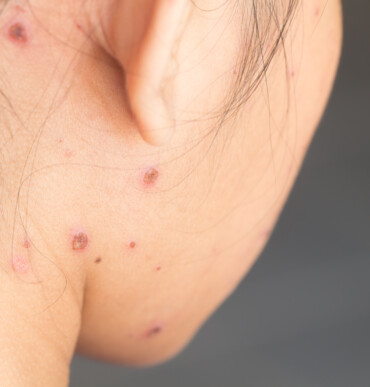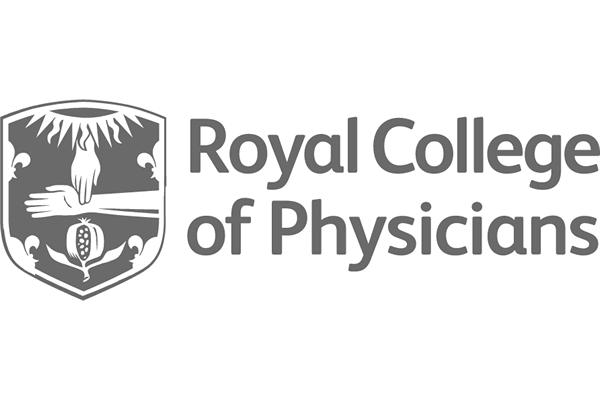Vaccination Against Chickenpox
One of the most effective ways to prevent chickenpox scars is by preventing chickenpox itself. Vaccination against the varicella-zoster virus is an effective method to prevent the disease. If you avoid contracting chickenpox, you avoid the risk of developing chickenpox scars.
Early Intervention and Treatment of Chickenpox Symptoms
Early intervention and treatment of chickenpox symptoms can also help prevent scarring. This includes seeking medical advice when symptoms appear and following the prescribed treatment plan. If the symptoms of chickenpox are managed effectively, the severity of the infection can be reduced, reducing the likelihood of severe scarring.
By following these preventive measures, it’s possible to either prevent chickenpox scars altogether or reduce the severity of the scars that do form. Remember: early intervention and proper care are key to chickenpox scar prevention.
Living with Chickenpox Scars
Living with chickenpox scars can sometimes be a challenging experience, especially if the wounds are extensive or located in visible areas. Such clear reminders of a past illness can have a significant psychological impact, leading to decreased self-esteem or self-confidence. In more severe cases, individuals may even develop symptoms of anxiety and depression.
Therapy or counselling can be precious in providing tools for coping with the emotional aspects of living with scars. Support groups, both in-person and online, can offer a sense of community and understanding. These groups bring together individuals with similar experiences, providing a platform for shared stories, advice, and encouragement. This shared experience can be comforting and help you feel less alone in your journey.
Self-care activities are another essential element in managing the impact of scars. These could include exercise, which can boost your mood and give you a sense of accomplishment, or meditation, which can help you manage stress and achieve a more positive outlook. Pursuing hobbies you love, whether that’s painting, playing music, or walking, can provide a welcome distraction and boost your overall mood.
Finally, it’s important to remember that chickenpox scars, like any other scars, are a sign that your body has successfully fought off an infection. They’re a testament to your strength and resilience and nothing to be ashamed of. If you ever find yourself struggling to cope with the psychological impact of scars, don’t hesitate to seek professional help. There are many available sources, from therapists to support groups, which can provide valuable assistance. You’re not alone, and help is available whenever you need it.
Conclusion
Chickenpox scars, a result of the varicella-zoster virus, vary in form and are influenced by genetics, infection severity, and skin care during healing.
Treatments for these scars span from creams to surgical procedures, but results may vary. Prevention, such as avoiding scratching, good skin care during infection, and vaccination, is more straightforward than treatment.
Remember, you’re not alone in this journey. Whether you’re looking for treatments to reduce the appearance of your scars or seeking ways to cope with the psychological impact, the first step is reaching out for help.
Don’t hesitate to contact us at The London Scar Clinic. Our team of experts is ready to provide comprehensive care tailored to your needs. Contact us today to start your journey towards healthier skin and a happier you.




















